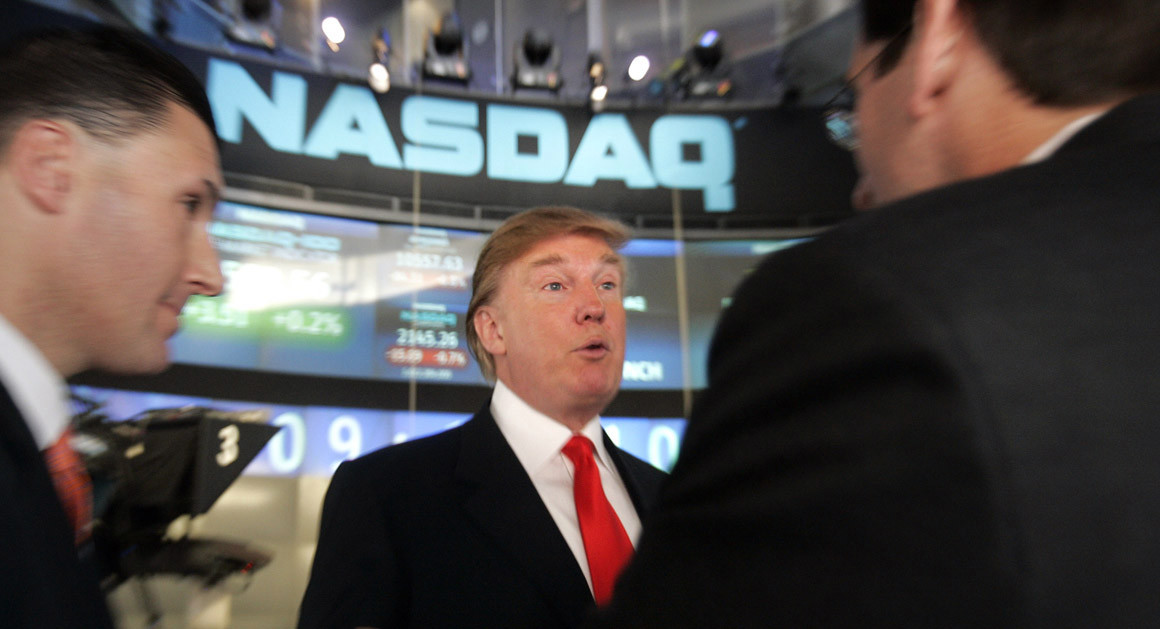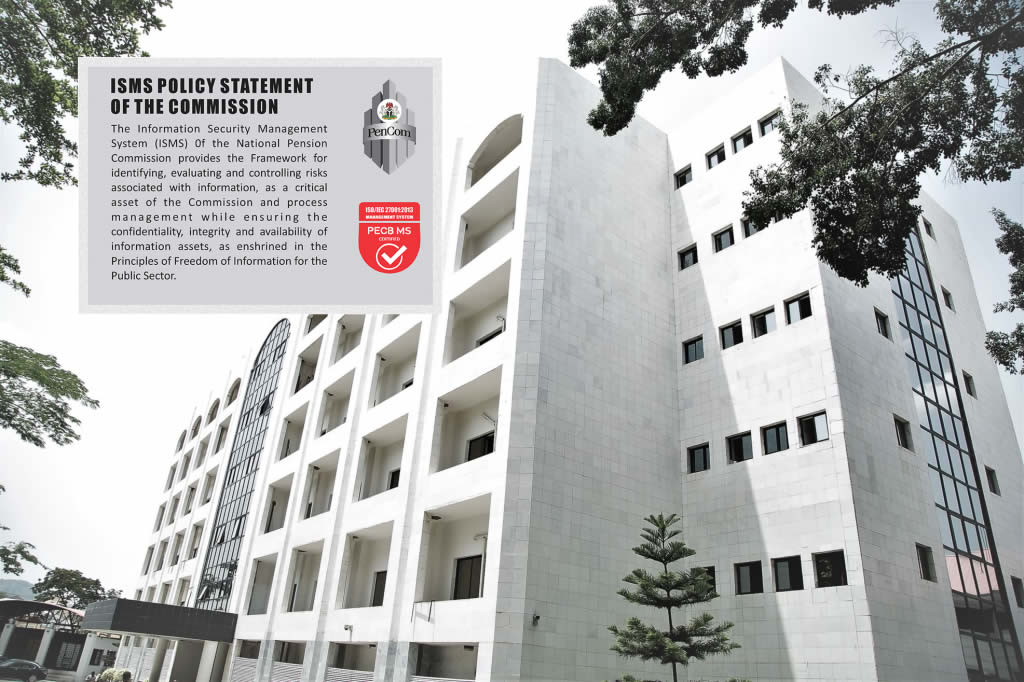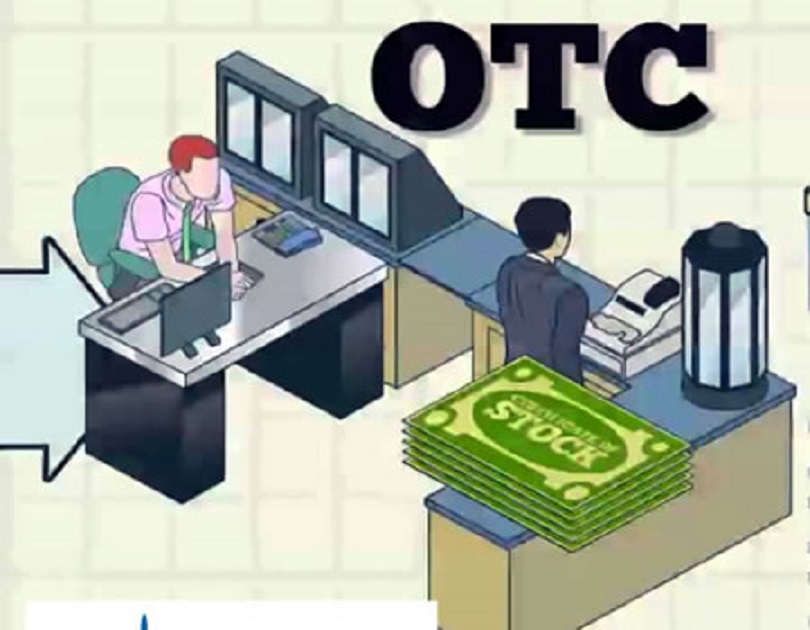Economy
Trade Talks Uncertainty Weigh on Wall Street

Investors Hub
The major U.S. index futures are currently pointing to a lower opening on Monday, with stocks likely to give back ground following the rally seen last Friday.
Lingering concerns about the ongoing U.S.-China trade war may weigh on the markets ahead of the next round of high-level trade talks in Washington later this week.
Ahead of the talks, scheduled to begin on Thursday, a report from Bloomberg News said Chinese officials are signaling they?re increasingly reluctant to agree to the broad trade deal being pursued by President Donald Trump.
Citing people familiar with the discussions, Bloomberg said senior Chinese officials have indicated the range of topics they?re willing to discuss has narrowed considerably.
An offer from Chinese Vice Premier Liu He would purportedly not include reforming Chinese industrial policy or government subsidies.
The upcoming negotiations come as the trade war continues to hang over the economy, with a survey by the National Association for Business Economics showing 53 percent of economists see trade policy as the key downside risk to the economy.
The NABE said four out of five panelists believe that risks to the economic outlook are weighted to the downside, an increase from the 60 percent who held this view in June.
?The panel turned decidedly more pessimistic about the outlook over the summer, with 80% of participants viewing risks to the outlook as tilted to the downside,? said Survey Chair Gregory Daco, chief U.S. economist at Oxford Economics.
He added, ?The rise in protectionism, pervasive trade policy uncertainty, and slower global growth are considered key downside risks to U.S. economic activity.?
Following the significant rebound seen over the course of the trading day last Thursday, stocks showed another substantial move to the upside during trading last Friday. With the rally, the major averages further offset the steep losses posted last Tuesday and Wednesday.
The major averages finished the session just off their best levels of the day. The Dow soared 372.68 points or 1.4 percent to 26,573.72, the Nasdaq surged up 110.21 points or 1.4 percent to 7,982.47 and the S&P 500 spiked 41.38 points or 1.4 percent to 2,952.01.
For the week, the major averages turned in a mixed performance. While the Nasdaq rose by 0.5 percent, the S&P 500 fell by 0.3 percent and the Dow slid by 0.9 percent.
The rally on Wall Street came following the release of a closely watched Labor Department report showing weaker than expected job growth but an unexpected drop in the unemployment rate to a nearly 50-year low.
The mixed data seemed to serve the dual purpose of reinforcing expectations the Federal Reserve will continue cutting interest rates while at the same offsetting concerns about a potential recession.
The report said non-farm payroll employment rose by 136,000 jobs in September compared to economist estimates for an increase of about 145,000 jobs.
Meanwhile, the increases in employment in July and August were upwardly revised to 166,000 jobs and 168,000 jobs, respectively, reflecting the addition of 45,000 more jobs than previously reported.
The average monthly job growth has still slowed from 223,000 jobs per month in 2018 to 161,000 jobs per month so far in 2019.
The Labor Department also said the unemployment rate fell to 3.5 percent in September from 3.7 percent in August. Economists had expected to unemployment rate to remain unchanged.
With the unexpected decrease, the unemployment rate dropped to its lowest level since hitting a matching rate in December of 1969.
The unexpected drop in the unemployment rate came as a 391,000-person jump in the household survey measure of employment more than offset an 117,000-person increase in the size of the labor force.
Even with the unemployment rate hitting a nearly 50-year low, the report said average hourly employee earnings edged down by a penny to $28.09 in September after rising by 11 cents in August.
Compared to the same month a year ago, average hourly earnings were up by 2.9 percent in September, reflecting a notable slowdown from the 3.2 percent increase in August.
Citing headwinds from weaker global growth, trade uncertainty and the strong U.S. dollar, ING Chief International Economist James Knightley expects job growth to average closer to 120,000 for the rest of the year.
“This suggests pay growth is unlikely to accelerate markedly from here and with inflation picking up, the real wage growth story may not be as positive for spending power,” Knightley said. “All in all, it looks as though the Fed will need to step in with more policy easing to support the economy.”
Stocks saw further upside in afternoon trading after Fed Chairman Jerome Powell described the U.S. economy as “in a good place,” and said it is the central bank’s job to “keep it there as long as possible.”
Gold stocks moved sharply higher over the course of the trading session, driving the NYSE Arca Gold Bugs Index up by 2.1 percent. The rally by gold stocks came despite a modest decrease by the price of the precious metal.
Significant strength also emerged among semiconductor stocks, with the Philadelphia Semiconductor Index surging up by 1.9 percent.
Financial, housing, software, and healthcare stocks also saw considerable strength amid broad based buying interest on Wall Street.
Economy
Seplat to Boost Nigeria’s Oil Production With Mobil Assets Acquisition

By Adedapo Adesanya
Seplat Energy Plc will revive hundreds of Nigerian oil wells laying fallow after completing the acquisition of Mobil Producing Nigeria Unlimited (MPNU) from ExxonMobil.
The company said it aims to lift oil output to about 200,000 barrels a day, a move that will help boost Nigeria’s oil production levels, as it aims to reach 2 million barrels per day next year.
The transaction, according to Seplat, “is transformative for Seplat Energy, more than doubling production and positioning the company to drive growth and profitability, whilst contributing significantly to Nigeria’s future prosperity.”
The completion of the Seplat-ExxonMobil deal has created Nigeria’s leading independent energy company, with the enlarged company having equity in 11 blocks (onshore and shallow water Nigeria); 48 producing oil and gas fields; 5 gas processing facilities; and 3 export terminals.
Recall that the Nigerian Upstream Petroleum Regulatory Commission (NUPRC) in October approved the deal as part of a series of approvals, while it blocked Shell’s asset sale of up to $2.4 billion to the Renaissance consortium.
The acquisition of the entire issued share capital of MPNU adds the following assets to the Seplat Group: 40 per cent operated interest in OML 67, 68, 70 and 104; 40 per cent operated interest in the Qua Iboe export terminal and the Yoho FSO; 51 per cent operated interest in the Bonny River Terminal (‘BRT’) NGL recovery plant; 9.6 per cent participating interest in the Aneman-Kpono field; and approximately 1,000 staff and 500 contractors will transition to the Seplat Group.
MPNU adds substantial reserves and production to Seplat Energy; 409 million barrels of oil equivalent (MMboe) 2P reserves and 670 MMboe 2P + 2C reserves and resources as at 30 June 2024 and 6M 2024 average daily production of 71.4 kboepd (thousand barrels of oil equivalent).
Business Post reports that Seplat will be part of the payment this year, and will defer some to next year,
Speaking on the transaction, the Chairman of Seplat Energy, Mr Udoma Udo Udoma commended President Bola Tinubu for supporting this transaction and appreciated the support and diligence of the various ministries and regulators for all the work to reach a successful conclusion.
“We are delighted to welcome the MPNU employees to Seplat Energy. We are excited to begin our journey in a new region of the country, and we look forward to replicating the positive impacts we have achieved within our communities in our current areas of operations.
“Seplat’s mission is to deliver value to all our stakeholders, and we treasure the good relationships we have developed with the government, regulators, communities and our staff.”
On his part, the chief executive of Seplat Energy, Mr Roger Brown, described the acquisition as a major milestone, adding, “I extend my thanks to the entire Seplat team for their hard work and perseverance to complete this transaction.
“MPNU’s employees and contractors have a strong reputation for safety and operational excellence, and I welcome them to the Seplat Energy Group.
“We have acquired a company with one of the best portfolios of assets and related infrastructure in a world-class basin, providing enormous potential for the Seplat Group. Our commitment is to invest to increase oil and gas production while reducing costs and emissions, maximising value for all our stakeholders.
“MPNU is a perfect fit with our strategy to build a sustainable business that can deliver affordable, accessible and reliable energy for Nigeria alongside attractive returns to our shareholders”.
Economy
PenCom Projects N22trn Pension Assets for 2024

By Adedapo Adesanya
The National Pension Commission (PenCom) is projected to close the year with over N22 trillion in pension assets impacted by challenges like inflation and monetary policies.
This is according to PenCom Director-General, Mrs Omolola Oloworaran, at a press conference in Abuja on Thursday.
She said as of October 2024, the Contributory Pension Scheme (CPS) had 10.53 million registered contributors and pension fund assets worth N21.92 trillion.
Speaking at the conference-themed Tech-driven Transformation Shaping the Pension Landscape, which showcased PenCom’s strategic commitment to innovation, she said that the numbers reflected the agency’s unwavering commitment to fund safety, prudent management, and sustainable growth.
She explained that the pension environment was impacted by the wider economic challenges facing the country, noting that the sector battled multi-year high inflation, Naira devaluation, and the lingering effects of unorthodox monetary policies by the Central Bank of Nigeria (CBN).
Business Post reports that the apex bank hiked interest rates by 875 basis points this year alone to tackle persistent inflation which peaked at 33.8 per cent as of October.
She said that these challenges eroded the real value of pension funds and impacted contributors’ purchasing power.
“To address these issues, the commission has initiated a comprehensive review of its investment regulations.
“It is focusing on diversifying pension fund investments into inflation-protected instruments, alternative assets, and foreign currency-denominated investments.
“The goal is to safeguard contributor savings and ensure resilience against future economic volatility,” she said.
She restated the commission’s commitment to expanding pension coverage, particularly through the advanced micro-pension plan designed to encourage participation from the informal sector using technology.
“This initiative will make it easier for everyday Nigerians to save for retirement, aligning with our vision of inclusive growth and financial stability for all.
“The backlog in retirement benefits for retirees of the Federal Government’s Ministries, Departments, and Agencies (MDAs) will soon be settled.
“The federal government recently disbursed N44 billion under the 2024 budget to settle approved pension rights.
“We are collaborating with the Federal Government to institutionalise a sustainable solution to ensure retirees receive their benefits promptly, eliminating delays,” Mrs Oloworaran said.
She said that PenCom’s technology-driven transformation aimed to make the CPS more accessible, reliable, and sustainable.
“From data management to seamless contributions and regulatory supervision, we are paving the way for a future where the pension industry serves all Nigerians effectively,” she said,
Mrs Oloworaran also said that the e-application portal for pension clearance certificates has replaced the manual processes and enhanced the ease of doing business in the sector.
“Since its deployment, 38,528 pension clearance certificates have been issued. This initiative ensures compliance and secures the future of Nigerians working in organisations that interact with the government,” she said.
Economy
NASD OTC Securities Exchange Closes Flat

By Adedapo Adesanya
The NASD Over-the-Counter (OTC) Securities Exchange closed flat on Thursday, December 12 after it ended the trading session with no single price gainer or loser.
As a result, the market capitalisation remained unchanged at N1.055 trillion as the NASD Unlisted Security Index (NSI) followed the same route, remaining at 3,012.50 points like the previous trading session.
However, the activity chart witnessed changes as the volume of securities traded at the bourse went down by 92.5 per cent to 447,905 units from the 5.9 million units transacted a day earlier.
In the same vein, the value of securities bought and sold by investors declined by 86.6 per cent to N3.02 million from the N22.5 million recorded in the preceding trading day.
But the number of deals carried out during the session remained unchanged at 21 deals, according to data obtained by Business Post.
When trading activities ended for the day, Geo-Fluids Plc remained the most active stock by volume (year-to-date) with 1.7 billion units sold for N3.9 billion, Okitipupa Plc came next with 752.2 million units valued at N7.8 billion, and Afriland Properties Plc was in third place with 297.5 million units worth N5.3 million.
Also, Aradel Holdings Plc remained the most active stock by value (year-to-date) with 108.7 million units worth N89.2 billion, followed by Okitipupa Plc with 752.2 million units valued at N7.8 billion, and Afriland Properties Plc with 297.5 million units sold for N5.3 billion.
-

 Feature/OPED5 years ago
Feature/OPED5 years agoDavos was Different this year
-
Travel/Tourism8 years ago
Lagos Seals Western Lodge Hotel In Ikorodu
-

 Showbiz2 years ago
Showbiz2 years agoEstranged Lover Releases Videos of Empress Njamah Bathing
-

 Banking6 years ago
Banking6 years agoSort Codes of GTBank Branches in Nigeria
-

 Economy2 years ago
Economy2 years agoSubsidy Removal: CNG at N130 Per Litre Cheaper Than Petrol—IPMAN
-

 Banking2 years ago
Banking2 years agoFirst Bank Announces Planned Downtime
-

 Sports2 years ago
Sports2 years agoHighest Paid Nigerian Footballer – How Much Do Nigerian Footballers Earn
-

 Technology4 years ago
Technology4 years agoHow To Link Your MTN, Airtel, Glo, 9mobile Lines to NIN












